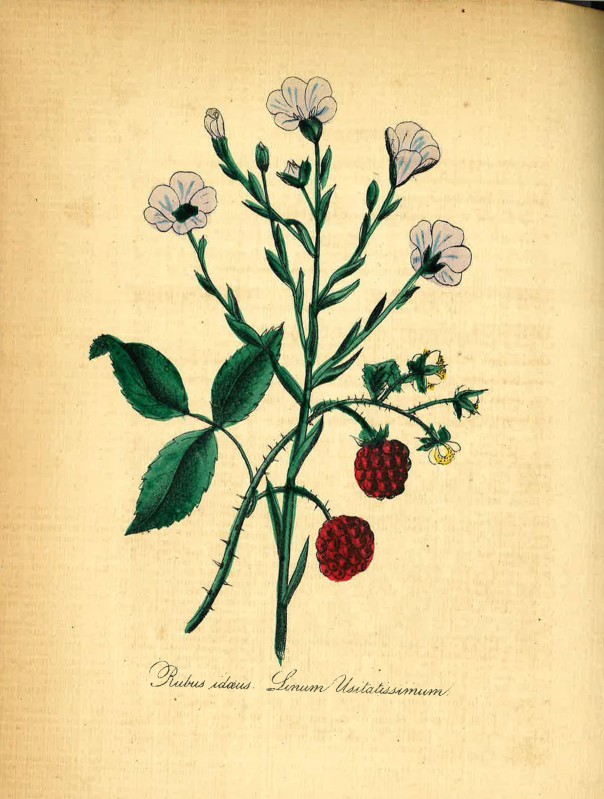Hidden Histories: Botanical Illustration
The art of botanical illustration has a hidden history that reaches across centuries and deals with issues of science, medicine, colonial power, gender, and conservation and sustainability.

Herbals, which contained descriptions of plants medical uses accompanied by illustrations of those plants, helped to heal the sick. Botanical illustration of plants' sexual systems helped scientists to better understand how to classify them. As explorers from Western Europe embarked on conquests of foreign lands, botanical illustrations enabled them to gain intellectual control, if not physical control, over the natural resources of these conquered lands.
Botanical illustration has at different periods been used to gender the cultivation of plants as a masculine occupation, as in the case of herbals and illustrated scientific texts, or as a feminine occupation, as in the case of Victorian "Language of Flowers" books or ladies gardening manuals.
Today, botanical illustration is used to provide images of plants that have since gone extinct, and to help modern botanists to preserve native plants from various regions. Botanical gardens, the keepers of some of the greatest collections of botanical illustrations use such collections to promote public interest in issues of conservation and sustainability, as they aim to preserve native plant life.
This exhibit offers a brief tour through these histories using manuscript collection materials as well as rare books from the University of Arkansas Special Collections.
(Click thumbnail image to enlarge.)
